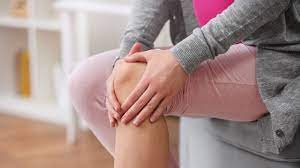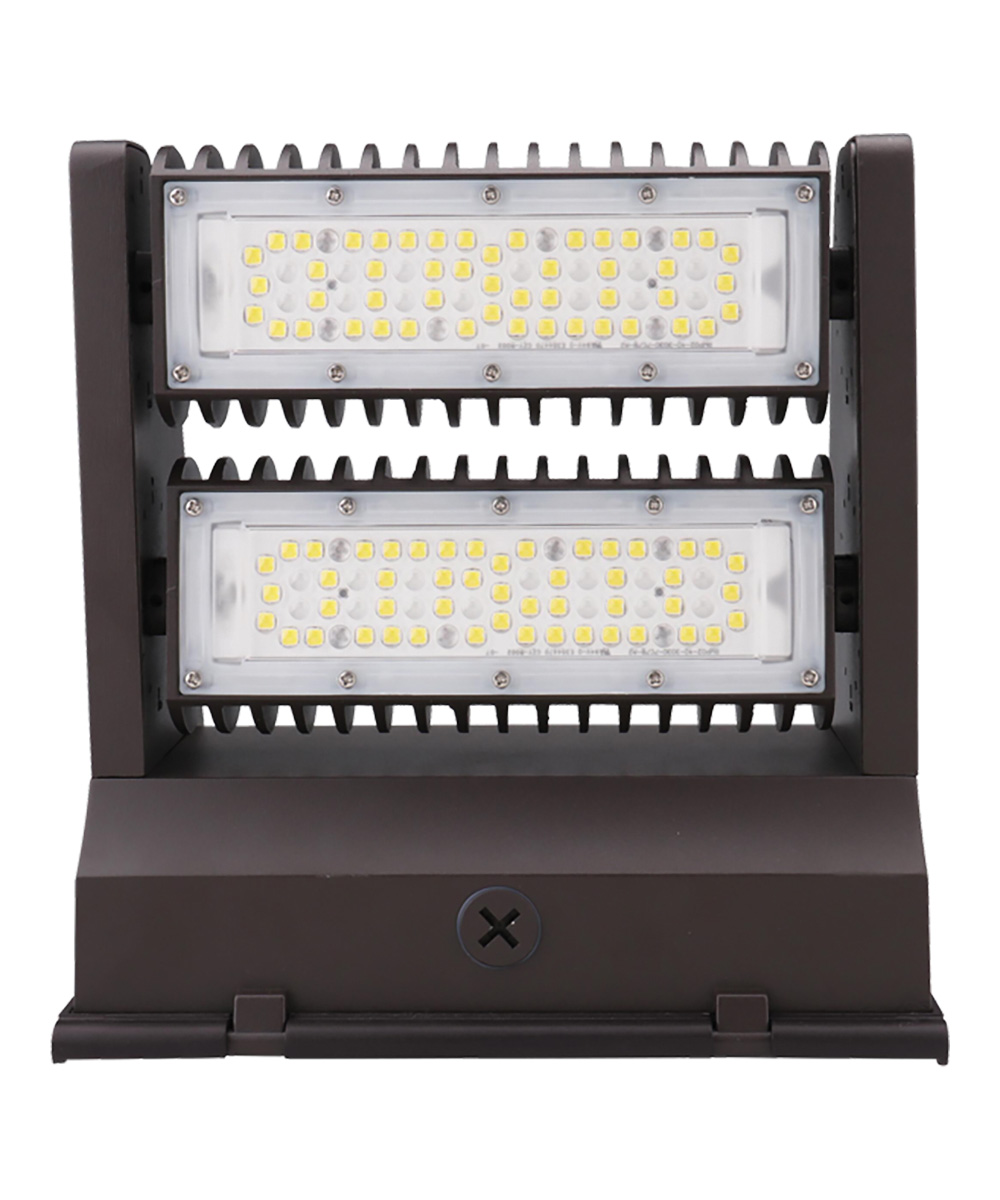Persistent joint pain will make existence difficult, be it local to a single joints or has an effect on several parts of the body. Joint pain can come from numerous triggers: trauma, rheumatoid arthritis, excessively use, as well as grow older. It might go along with other signs or symptoms, like stiffness, inflammation, and lowered freedom, all of these can contribute to reduction in independence and lowering quality of life. Comprehending the basic in the condition is vital to finding relief. In this post, we shall investigate the causes and kinds of joint pain and give tips for alleviating its signs or symptoms.
Reasons for Joint Pain
Each and every individual’s body differs, and joint pain has several probable triggers. One of the most popular contributors is joint disease, a term utilized to illustrate irritation from the joints. There are two main kinds of arthritis: rheumatoid and osteoarthritis. Both could cause discomfort, firmness, and irritation. Rheumatism evolves if the immunity process assaults the joint parts, while osteoarthritis results from the malfunction of cartilage, which cushions the joints. Other reasons behind joint pain may incorporate injuries, excessively use, fibromyalgia, lupus, and microbe infections. In some cases, it may be challenging to recognize the main reason behind persistent joint pain.
Types of Joint Pain
Joint pain can happen in different aspects of the body, such as the knees, hips, elbows, and wrists. Discomfort may be acute or long-term. Extreme discomfort is usually sudden and brief-existed, although chronic ache can carry on for weeks and even yrs. Joint pain can be minor or extreme, and instability or decreased range of motion may go with it. Pain may be localized to just one joints or impact multiple areas of the body.
Relieving Joint Pain
There are many approaches to minimize prolonged joint pain, such as physical rehabilitation, treatment, and lifestyle changes. Engaging in average workout will help improve the muscle tissue that surrounds the joint parts, endorsing higher stableness. Physical therapy can also help to minimize soreness and improve mobility. Nonsteroidal anti-inflammatory medicines (NSAIDs) will help reduce symptoms like pain and inflammation, although corticosteroids might be approved to lessen irritation. Straightforward changes in lifestyle, like preserving a healthy weight and reducing anxiety, could also play a role in improved joints overall health.
Safety Measures
Reduction is crucial in terms of protecting against joint pain. Making sure that the body is well-nurtured and relaxed will help you to assistance all round joints health. Stretches and cozy-up workouts will help to maintain muscle tissue flexible preventing damage, although safeguarding the joint parts from excessively use and stress. Sporting proper shoes and boots can also provide included help, decreasing strain on the ft ., ankles, and knees.
quick:
knees hurt when bent can be quite a annoying, unbearable problem, but you will find actions individuals can take to ease its signs and symptoms. Understanding the source of the pain is vital to choosing the best treatment. Whilst prescription medication and physical rehabilitation can offer comfort, modest change in lifestyle may also go a long way in protecting against and lessening joint pain. With a few effort, people can manage their joint pain and boost their way of life.



